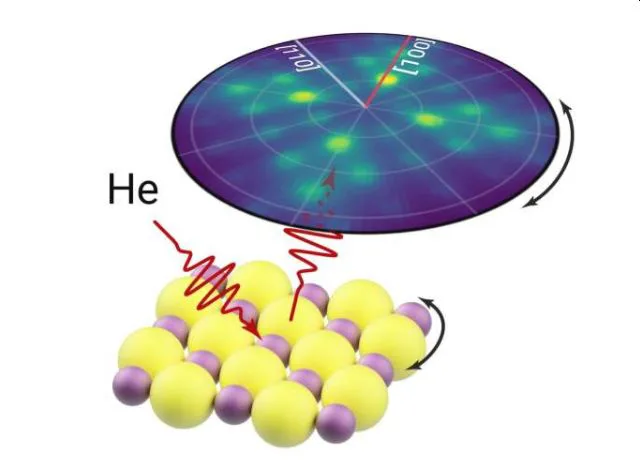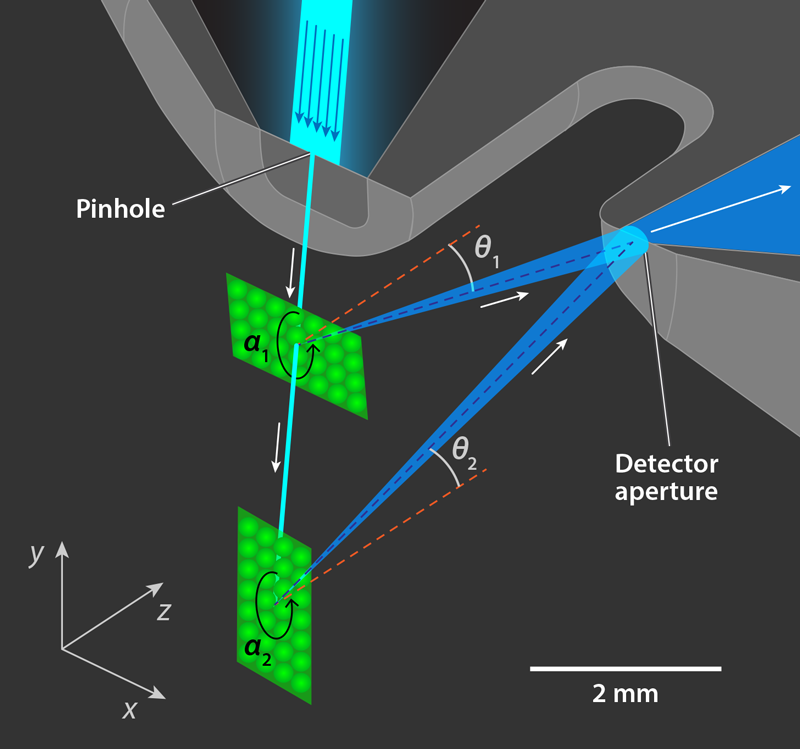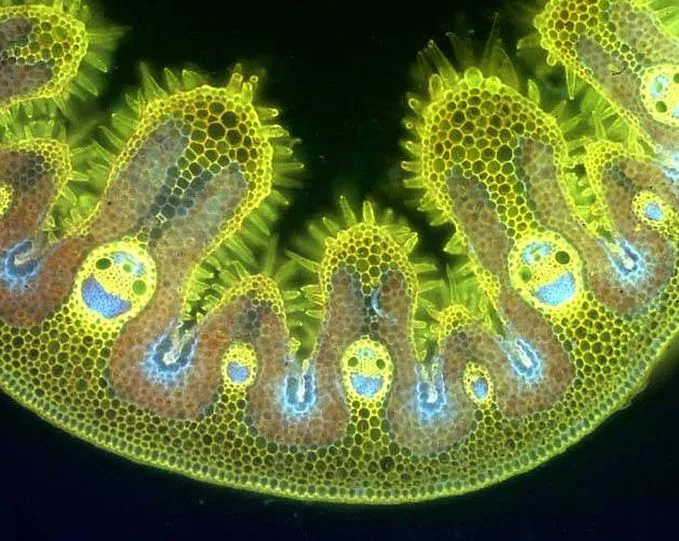
Witness helium atom diffraction like never before. All thanks to microscopic spatial resolution. Researchers from the University of Cambridge and University of Newcastle just dropped a game-changing technique. This breakthrough has allowed scientists to dive even deeper into the weird world of atoms.
Researchers were teaming up for almost ten years to cook up the scanning helium microscope. Matthew Bergin, a co-author, shares that the focus was on enhancing instrument resolution and exploring technological and biological samples.
Surprisingly, the matter wave aspect of the helium beam had been somewhat overlooked in studying ordered surfaces, according to Bergin.
Probing Ordered Surfaces with Helium Matter Waves
The microscope, after venturing into different areas of study, now faces an exciting new challenge – tapping into the matter wave feature to closely examine ordered surfaces.
Generally, microscopes are designed to investigate various subjects, this includes technological to biological samples. However, in this case, the focus is shifting towards the matter wave, that is, a specific aspect of the helium beam.
This means that instead of merely observing surfaces, they want to use the matter wave characteristic of the helium beam to gain deeper insights into the structure and properties of ordered surfaces.

Unveiling Atom’s Matter Wave for Targeted Surface Patterns
Bergin and his team are levelling up on the new research that builds on their 2020 paper in Scientific Reports. In the earlier work, they spotted diffraction signatures but couldn’t measure the underlying pattern directly. It’s like finding clues but not seeing the whole picture.
This time team has set their sights on proving that an atom’s matter wave can create a diffraction pattern on specific surface spots. Bergin explains that atoms, having both particle and wave qualities, turn a helium beam into a wavy wonder when aimed at a lattice.
The thermal energy of helium atoms is so low (<100meV) that the resulting diffraction pattern becomes an exclusive fingerprint, highly attuned to the surface’s structure.
Helium Atom Scattering Breaks Free from Crystal Constraints
Helium atom scattering, a tried-and-true method, analyzes a sample surface by examining the position and intensity of diffraction peaks.
Traditional studies were confined to large, uniform crystals, each measuring several millimeters in size.
Bergin and team dived into experiments using a scanning helium microscope, armed with a pinhole to fine-tune the helium beam. The arrangement allowed them to snag diffraction patterns from a tiny region (~10um) on a sample, even with a stationary detector.

Takeaway
The study proves that atoms can be harnessed to capture a diffraction pattern from a tiny spot on a sample’s surface.
This innovative method creates opportunities for other physicists to gain new perspectives. And explore challenging materials that traditional atom scattering techniques struggle to examine precisely.
Thus, the study will introduce a paradigm shift in surface analysis techniques. By harnessing the matter wave characteristic of the helium beam, researchers will be better equipped in understanding the materials at the atomic and molecular levels.
Additionally, the study’s findings may inspire further innovation in microscopy techniques, offering researchers powerful tools to explore and manipulate matter on an increasingly detailed scale. It’s not the end—it’s the start of a jaw-dropping journey into the amazing world of microscopy and materials. Get ready to be amazed!
Via: Physics.org



